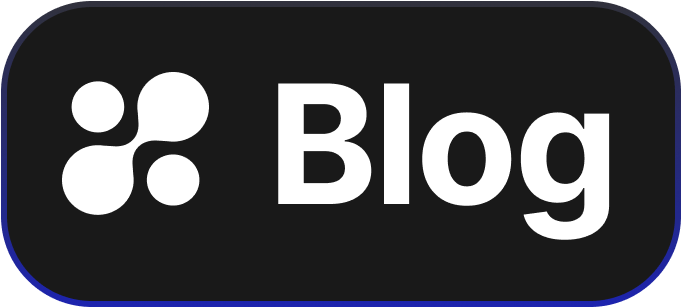Maximizing Security and Compliance: A Guide to MFA and GDPR for Tech Managers
Keeping user data safe is crucial. But if you're a tech manager, you already know this. The challenge today is to navigate the balance between robust security measures like Multi-Factor Authentication (MFA) and compliance with data protection laws like GDPR. This blog post dives deep into how these two elements meet, providing insights you can put into action.
The Connection Between MFA and GDPR
What is MFA?
Multi-Factor Authentication (MFA) is a security system that requires more than one form of evidence to verify user identities before accessing systems. This could be something the user knows (like a password), something they have (like a phone), or something they are (like a fingerprint).
What is GDPR?
The General Data Protection Regulation (GDPR) is a comprehensive data protection law in the European Union designed to give individuals control over their personal data while imposing strict rules on organizations hosting and processing it.
Why MFA is Essential for GDPR Compliance
What and Why?
One of GDPR's core principles is the protection of user data. Under GDPR, companies must implement strong security measures to protect personal data against unauthorized access, use, disclosure, disruption, modification, or destruction. MFA enhances security by adding an extra layer of protection, thereby minimizing the risk of data breaches.
How?
MFA ensures that even if a password is compromised, an additional verification step would protect your systems. This significantly reduces the risk of unauthorized data access, making your compliance journey smoother. Implementing MFA demonstrates a proactive approach in GDPR's accountability principle, making your company a good steward of user data.
Practical Steps for Implementing MFA for GDPR Compliance
- Assess Your Current Authentication StrategyEvaluate whether your existing authentication processes need strengthening. Check how many factors are involved in user verification and the complexity of these factors. Remember, a simple password might not be enough.
- Choose the Right MFA SolutionSelect a solution that suits your organization's needs. Some options include SMS codes, authenticator apps, biometrics, or hardware tokens. Consider user convenience and security effectiveness.
- Integrate MFA Across Your SystemsRoll out MFA within your systems and databases, especially those handling personal data. Ensure your IT team tests the integration for smooth operation without disrupting workflow.
- Educate Your TeamMake sure everyone understands the importance of MFA and their role in protecting data. Regular training and communication can help reinforce these practices over time.
- Monitor and Update PoliciesGDPR compliance isn’t a one-time project. Continuously review your MFA strategy and update it according to any changes in regulation or technology. This helps in maintaining a culture of ongoing compliance.
Conclusion
Tech managers wear many hats, and ensuring data safety and compliance with regulations like GDPR is one of the most important. Understanding and implementing MFA in your strategies not only helps in protecting sensitive data but also aligns with GDPR requirements, fostering trust with your users.
Explore how you can effortlessly integrate MFA to boost security and compliance at hoop.dev. Experience it live in minutes and take a confident step forward towards securing user data and maintaining compliance.
